Black vine weevils
bluewillow09
11 years ago
Related Stories
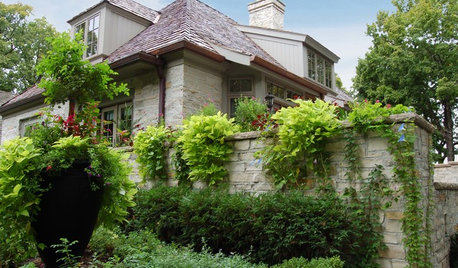
FOLIAGEGreat Design Plant: Ornamental Sweet Potato Vine
Versatile, fast growing, inexpensive and easy on the eyes, ornamental sweet potato vine has it all
Full Story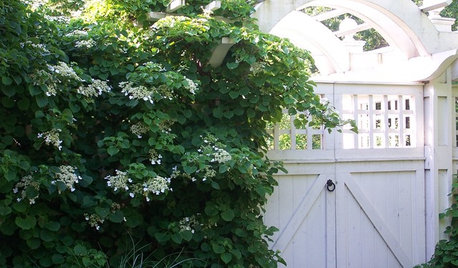
FALL GARDENING6 Deer-Resistant Flowering Vines to Plant This Fall
Have a major deer problem? Here are some of the only vines that have a chance of not being eaten
Full Story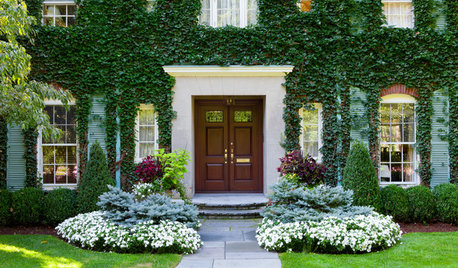
EXTERIORSCare and Training for a Vine-Covered Home
Love the look but don’t want the ruin? Learn how to have vine-draped walls without all the cracks and crumbling
Full Story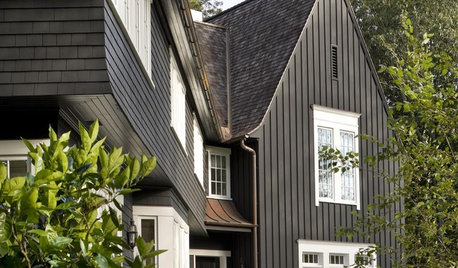
EXTERIOR COLORExterior Color of the Week: Bewitching Black
Think you’ve got what it takes to pull off this bold, trendy color choice for exteriors?
Full Story
DECORATING GUIDESGreat Color Combination: A Green and Black Palette
For a fresh, crisp look from the living room to the laundry room, take a cue from nature
Full Story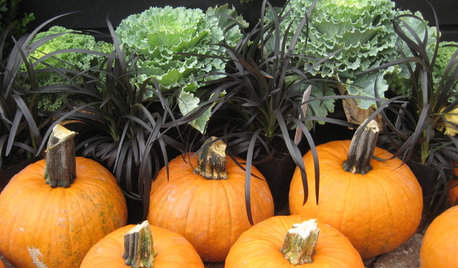
CONTAINER GARDENS10 Boo-tiful Black Plants for Halloween
Dramatic and just a bit eerie, these inky plants set the right Halloween mood in a garden or on a patio
Full Story
SHOP HOUZZHouzz Products: Treat Your Rooms to Orange and Black All Year
It’s no trick. Furnishings and accessories in this bold color pairing keep spaces lively even after Halloween is over
Full Story
PLANTING IDEASGreat Garden Combo: Rose + Clematis for Small-Space Impact
We all need somebody to lean on. And when a rose supports a climbing vine, the results can totally transform a small garden
Full Story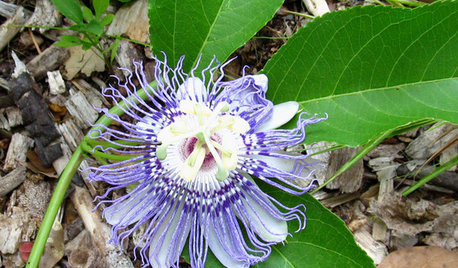
GARDENING GUIDESGreat Design Plant: Passiflora Incarnata
Enjoy the amazing flowers and edible fruit of U.S. native Passiflora incarnata (also known as maypop) — the butterflies sure do
Full Story
SPRING GARDENINGSummer Crops: How to Grow Strawberries
Pluck your own sweet strawberries right from the garden vine for smoothies, salads or eating then and there
Full Story







gardengal48 (PNW Z8/9)
reg_pnw7
Related Professionals
Cary Landscape Architects & Landscape Designers · Marco Island Landscape Architects & Landscape Designers · Quincy Landscape Architects & Landscape Designers · Broadlands Landscape Contractors · Centereach Landscape Contractors · Cliffside Park Landscape Contractors · Palm Beach Gardens Landscape Contractors · Plantation Landscape Contractors · Sun City Center Landscape Contractors · Wentzville Landscape Contractors · Oxon Hill Landscape Contractors · Nashville Fence Contractors · Chatsworth Fence Contractors · Salt Lake City Fence Contractors · Wake Forest Fence Contractorsgardengal48 (PNW Z8/9)
larry_gene
reg_pnw7
gardengal48 (PNW Z8/9)
bluewillow09Original Author
larry_gene
gardengal48 (PNW Z8/9)
botann
bluewillow09Original Author